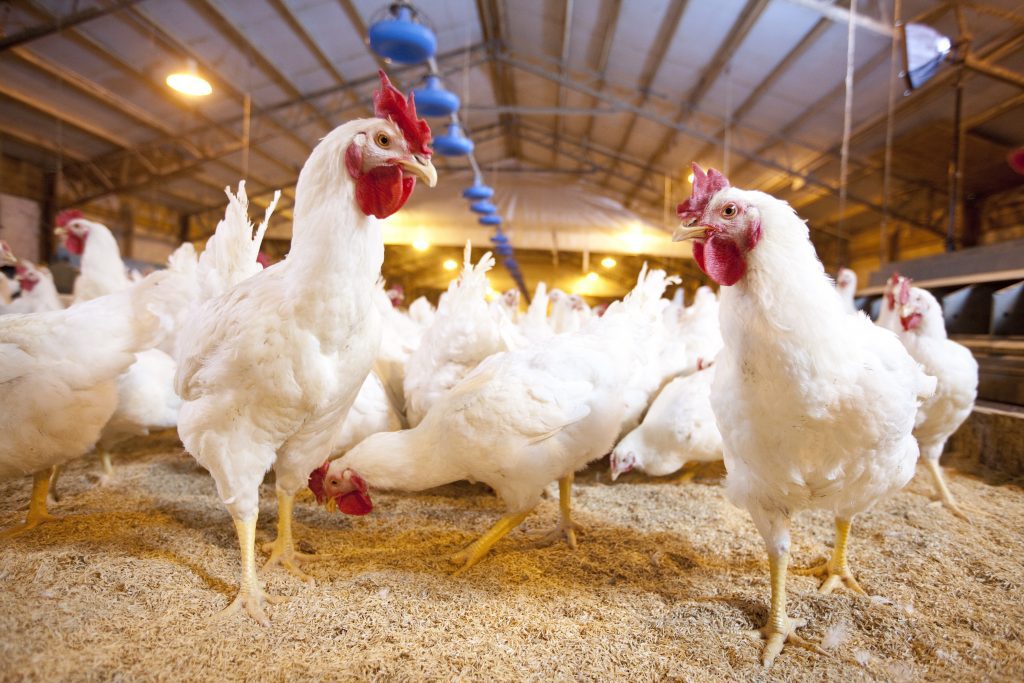Poultry farming (…in an egg-shell…) is a game of:
Feed conversion.
That’s the root aim of the discipline.
Nothing more.
And certainly nothing less.
However, feed conversion has limits.
And also its factors of influence.
The primary limit of poultry feed conversion is genetic potential.
i.e. the physical growth limit of any particular breed of bird.
According to heritage, a bird can only grow so big as determined by its ancestry.
The goal:
To turn as much of the lovely golden feed into marketable eggs or meat.
(Whilst making the most of selling or using side products, like manure or spent hens, also.)
As every poultry breed is different…
…so too is its feed conversion ratio and physiological response to rearing factors like space, heat, ventilation etc.
So depending on your desired outcome of quantity and quality of meat or eggs,
Along with the rearing conditions that will apply to your project,
Your selection of the perfect poultry breed for your project must be diligently considered.
Let’s take Cobb 500.
According to the breeder’s (Cobb Vantress) manual,
Cobb 500 broilers have an average FCR (feed conversion ratio) of 1.65.
This can be interpreted to mean that for every 1.65 kg of feed given,
The Cobb 500 will produce 1 kg of carcass weight.
The FCR is seen as the optimal result for the poultry farmer.
The best he could hope for.
Where he earns his stripes is managing the farm to bring out of the birds their peak potential.
And this involves everything from the farmer’s choice of land or housing to stockmanship and processing labour.
With a unique blend of farm management inputs,
The poultry farmer hopes to yield an optimal harvest.
But is the topic of poultry feed conversion really that elementary?
According to this article by Poultry World called,
“Data capture and genetic progress in feed conversion”

In this article, two important considerations were raised regarding calculating FCR:
- flock feed conversion (averaged over all birds)
- liveability
Flock feed conversion
Averaging flock feed conversion is too broad a brush stroke to use.
Mainly, because there is no chance of pinning down causes related to outcomes calculated.
The analytical water is muddied. Unclear.
Liveability
When birds die, you get a net downgrading of FCR.
i.e. feed consumed by the dead bird will never contribute to the end-stage harvested meat on the processing date.
So, the question remains – how do we sidestep these inconsistencies for a more accurate FCR analysis:
Answer: We need a tighter controlled FCR test environment.
But…
“Just how should I practically capture reliable data for poultry feed conversion calculation?”
There are two proposed methods within this Poultry World article:
Analog and digital.
In both cases, FCR is a direct cause-and-effect relationship,
And therefore input and output must be directly tied.
You can’t take arbitrary flock averages here. It dilutes the meaningfulness and reliability.
Short term – Analog feed conversion testing
Quite lo-fi.
- Each test bird is separated into its own pen.
- The bird is given solitary access to its own feed and water supply.
- Testing only happens over a number of days.
Pros – relatively low cost, direct cause and effect, close monitoring
Cons – short term data collection,
Digital feed conversion testing
Leans upon the modern Internet of Things (IoT) advancements.
- Small cohorts of test birds are kept in pens.
- They have shared feed and water.
- Computer technology is used to track the weight and feed consumption of birds, individually.
- Testing happens over many weeks.
Pros – birds test environment is shared not isolated, less manual work because of IT solution, long term
Cons – expensive
In conclusion
Feed conversion ratio is your primary poultry farm key performance indicator (KPI).
Coupled with your key cost inputs and price outputs (feed cost, labour cost, product pricing),
FCR is a fundamental building block for eveluating your poultry farm ROI.
A viable method of data capture and measuring FCR is critical to judging if your agri-venture is paying off or not.
Also, understanding the hidden influencers of the FCR equation helps us establish figures we can depend on.
Are you currently looking for a practical method to calculate feed conversion ration for your poultry farm?
Are you interested in performing digital data capture and need recommendations on equipment?
Write me back in the comments below.
I read every one.
Speak soon.